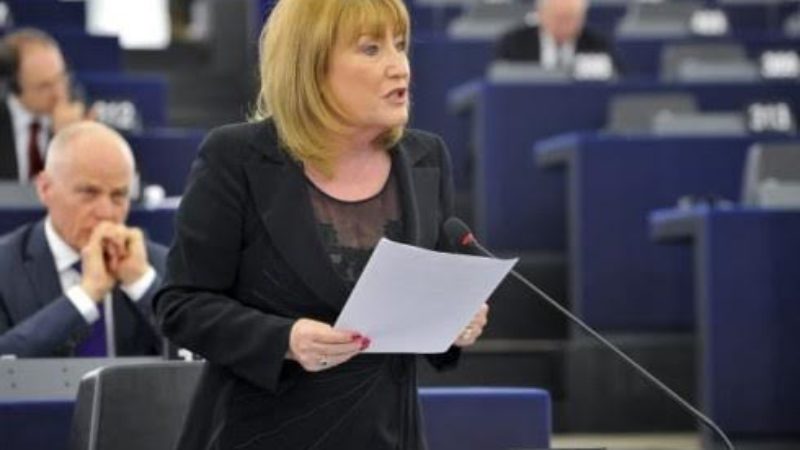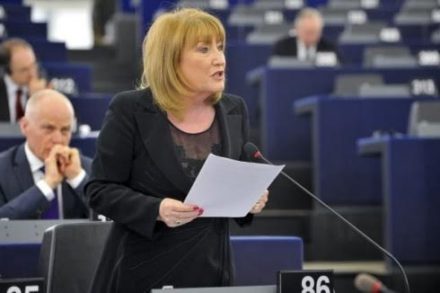

Today – nearly seven months on from the referendum – Theresa May will give a speech on Europe in which aides claim she will set out the government’s plan on Brexit. Here are five key questions to which she must provide answers.
How will the government protect the economy from the uncertainty caused by the prime minister’s own statements?
The mood music over the weekend seemed to signal that May is intending to go for a “hard Brexit” and take Britain out of the single market and customs union. The threat of tariffs, trade barriers and being cut off from our biggest market saw the pound plunge once again as panic spread. If this is, indeed, what the government signals as its intentions, how will May assuage the concerns of exporters, manufacturers and the financial services industry who need to maintain their relationships within the single market? Job losses and reduced GDP are likely outcomes of such a strategy – how will the prime minister manage this? She can’t possibly give every company and industry affected promises of a sweetheart deal like the guarantees we suspect she has offered to Nissan.
If we are being asked to be poorer to control immigration, what will the government’s immigration policy be?
One of the reasons for leaving the single market, according to May, is to end the right of EU citizens to live and work in Britain – whatever the cost to the economy, it seems. No one in government, however, has yet outlined what the new policy will be – a points based system, or work permits – and nor has there been any clarity on the status of EU citizens already here, and UK citizens currently living and working in the rest of the EU. British people are being asked to give up a portion of their economic prosperity. Will they be told what they’re getting in exchange?
Will British citizen’s rights be protected, as May has previously claimed?
Philip Hammond gave an interview to a German newspaper in which he seemed to suggest Britain could become a low tax, low regulation outpost on the edge of Europe, as a way to attract businesses put off by Brexit. May has previously claimed she would protect workers after leaving the EU – but how does this square with the chancellor’s vision of a neo-liberal lala land in which employment, environmental and consumer rights are sacrificed, taxes are slashed and public services suffer?
Is the government prepared to address points raised in the Supreme Court decision?
In the next few days, it is widely expected that the Supreme Court will deliver its verdict on the government’s appeal against the High Court ruling that Parliament must have a say before article 50 is invoked, with even ministers privately conceding it will lose. It is widely assumed that the government is working on minimal efforts to secure parliamentary assent. But the court case raises other questions, such as the role of devolved bodies – will the prime minister set out how the government will ensure proper engagement with the whole country, something that is complicated by current events in Northern Ireland, where the breakdown of power-sharing and fresh elections add further complications.
How long will the current Brexit position hold?
Even if May does give more detail on all of the above, how long before the speech unravels? How soon before it is undermined either by some of her more sensible ministers, if her tone is too UKIP, or by the extremists on her backbenches if she steers a more centrist path? Whether she calls it “soft”, “hard” or “red, white and blue”, the result will almost certainly be chaotic.
Glenis Willmott is Labour’s leader in the European Parliament.




More from LabourList
LabourList Christmas quiz 2025 round 4: Christmas Connects
EXCLUSIVE: A Christmas message from Hollie Ridley
‘Carol of the Bells: Christmas, Ukraine’s resistance and the fight for freedom’